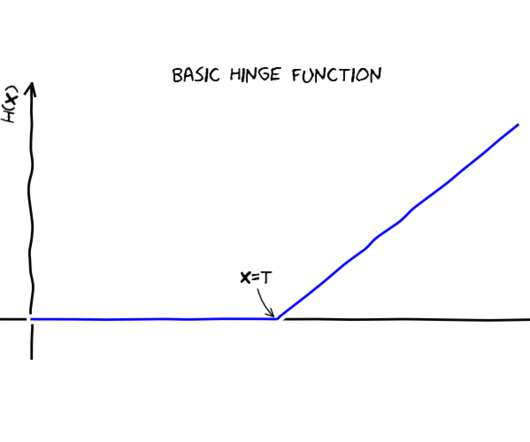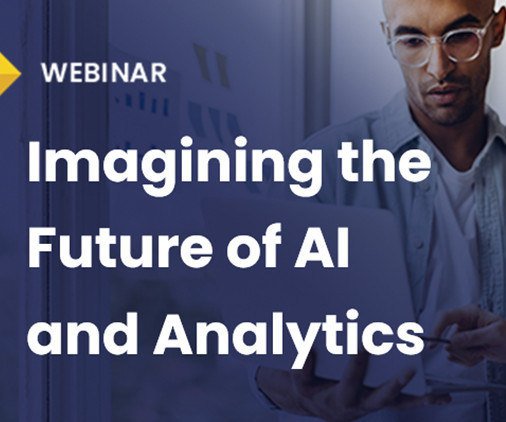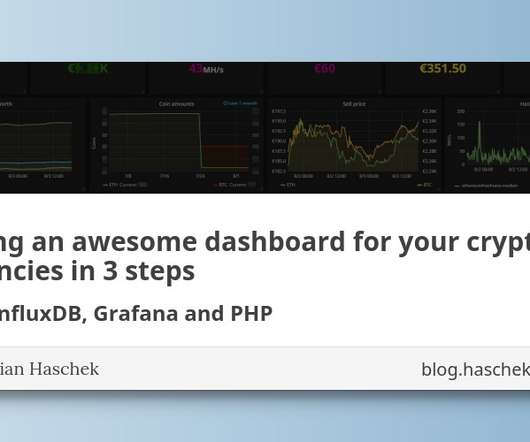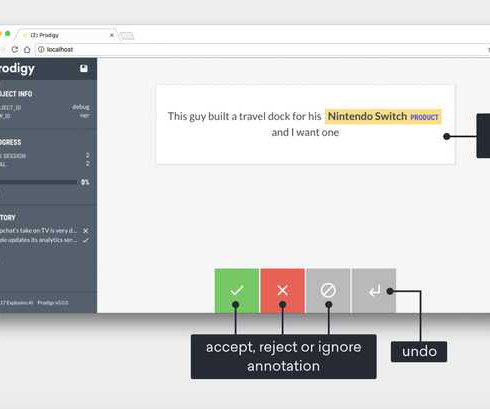High Performance Big Data Analysis Using NumPy, Numba & Python Asynchronous Programming
Dataconomy
JULY 31, 2017
Introduction A couple of months ago a client of mine asked me the following question: “What is the faster data structure object in Python for Big Data analysis today?” I get questions like this one all the time. Some of them are not easy to solve at all and it. The post High Performance Big Data Analysis Using NumPy, Numba & Python Asynchronous Programming appeared first on Dataconomy.

















Let's personalize your content